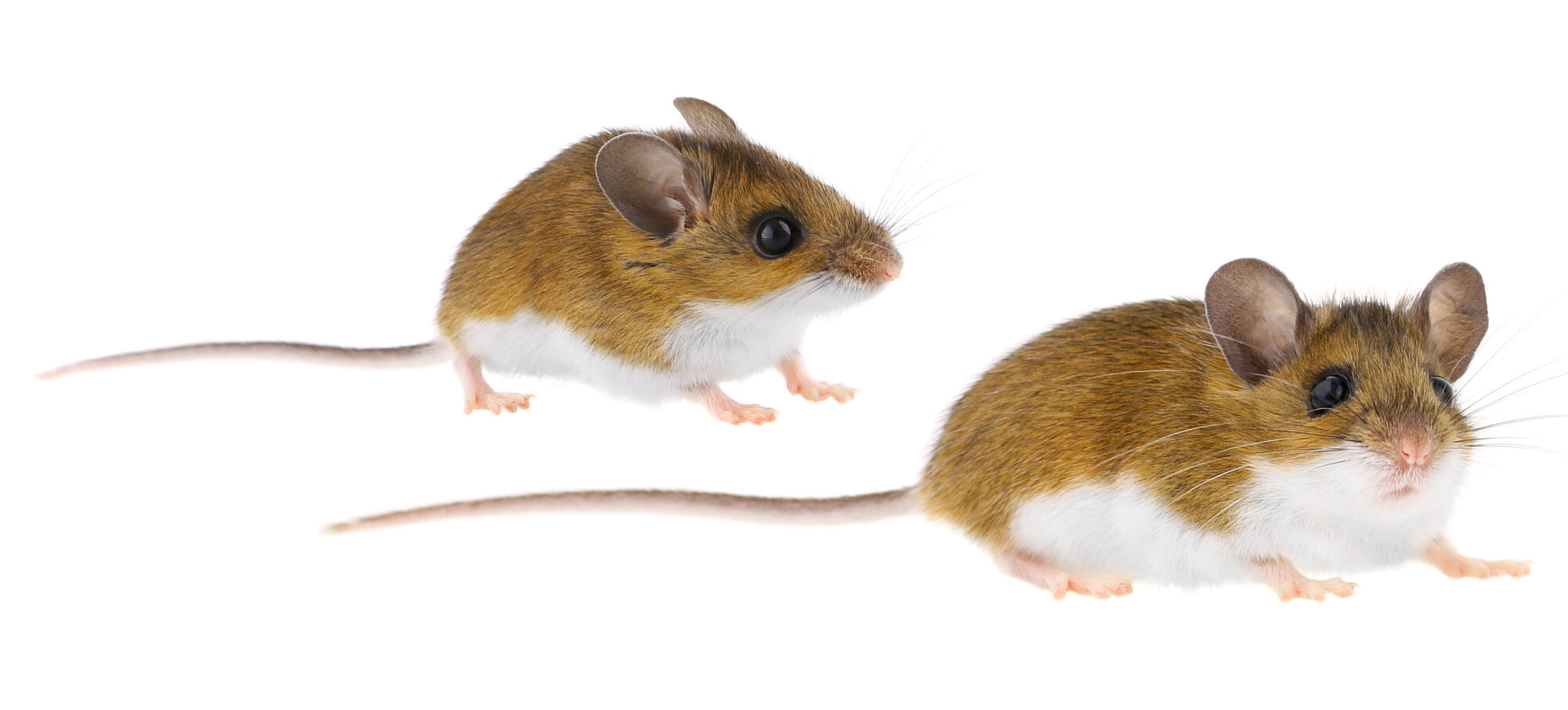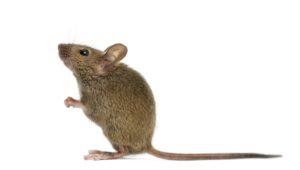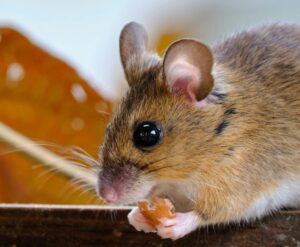Deer Mice (Field Mice) vs. House Mice: Identification, Habitats, and Importance in Pest Control
In Northern Illinois, especially around Kane, DuPage, and northwest Cook counties, homeowners often encounter two common types of mice: deer mice (often referred to as field mice) and house mice.
Field mice and Deer mice are terms used interchangeably to refer to a variety of mice species, but in Northern Illinois is usually referring to the North American Deer Mouse, or Peromyscus maniculatus. There are some key differences between this species, and the common House Mouse (mus musculus) which are essential for effective pest control and preventing infestations. These are from different families and have very different appearances, food preferences and habits, and habitat preferences.
Appearance Differences
Deer Mice/Field Mice (Peromyscus maniculatus)
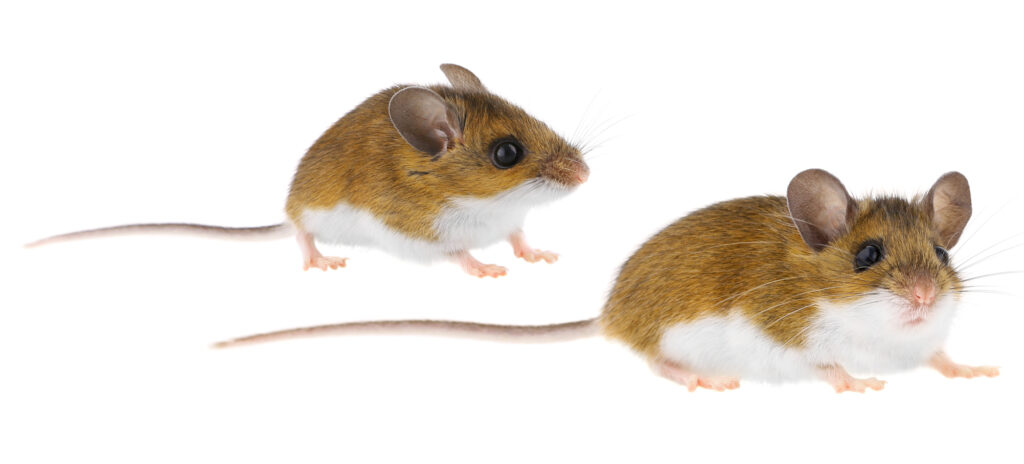
Deer mice are recognized by their distinctive bicolored fur, typically having a dark brown or grayish back with a clearly defined white belly and feet. Their tails also showcase this bicolored trait, dark on the top and lighter underneath. Deer mice have larger eyes and ears relative to their body size, which helps distinguish them from other mice. Deer/field mice have more proportionately sized tails that match their body color.
House Mice (Mus musculus)
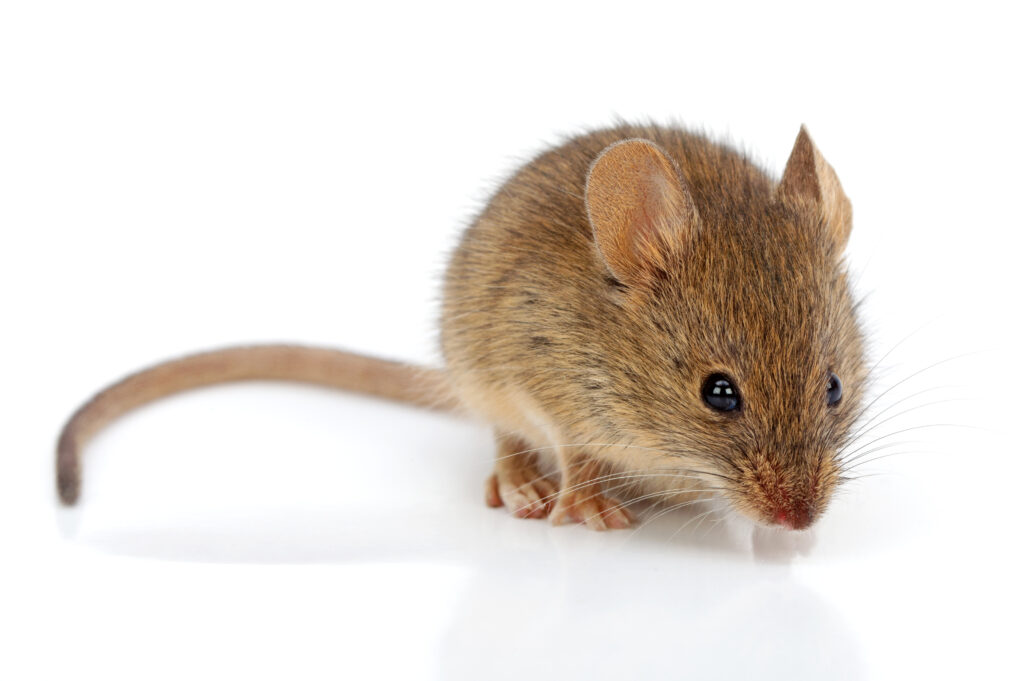
House mice, in contrast, generally have a uniform gray or dusty brown coat with little or no color variation between their back and belly. Their tails are uniformly colored and almost hairless. House mice have smaller eyes and ears compared to deer mice.
Habitat Preferences
Deer Mice
Deer mice are highly adaptable and primarily inhabit outdoor areas such as fields, woodlands, and grasslands around homes and rural properties in Northern Illinois. During colder months, they often seek shelter indoors, typically in less frequently used structures like sheds, garages, barns, or attics. More wooded and rural communities like Barrington, or other communities along the Fox River in Kane County and Lake County, are likely to find these types of mice. They are native to forests and thrive scavenging from farm fields. These mice face significant pressure to enter homes in the fall when crops are removed and they need to quickly adapt to finding a new food source and shelter.
House Mice
House mice prefer indoor environments year-round, thriving in close proximity to humans. They commonly infest urban and suburban homes, apartments, commercial buildings, and restaurants, nesting within walls, cabinets, basements, and storage areas. These can be found all around the Chicago suburbs, as they adapt well to urban and suburban developments. They can be found in homes year-round.
Diet and Behavior
Deer Mice
Deer mice are omnivorous, feeding primarily on seeds, berries, fruits, insects, and occasionally small animals. They are notable for hoarding food, storing it in hidden caches near their nests to survive harsh Northern Illinois winters. As mentioned earlier, they do particularly well in more rural communities in Northern Illinois with bountiful feeds of crops. Often times infested areas, such as basements, will be filled up with their seed and berry stashes behind insulation and other safe places.
House Mice
House mice have adapted to human environments, consuming various household food sources, including grains, cereals, pet food, and scraps. Unlike deer mice, house mice often contaminate food and kitchen areas with droppings and urine, posing a greater risk to sanitation.
Why Accurate Identification Matters for Pest Control
Accurately distinguishing deer mice from house mice is crucial for effective pest control solutions in Northern Illinois. Deer mice are known carriers of diseases such as hantavirus, transmitted through their droppings and urine. House mice, meanwhile, pose risks due to contamination and rapid infestation indoors. Understanding these differences allows pest control professionals to develop targeted strategies, safeguarding homes and businesses against infestation and potential health risks.
If you suspect a mouse infestation in Kane, DuPage, or northwest Cook County, contacting a local pest control expert ensures accurate identification and effective treatment to protect your property and health.
Have mice?
Have a qualified and experienced technician sent to your home ASAP! We can help you avoid signficant home damage and discomfort that these mice cause, so reach out to Fox Valley Environmental Pest Control by calling 630-513-8120!

